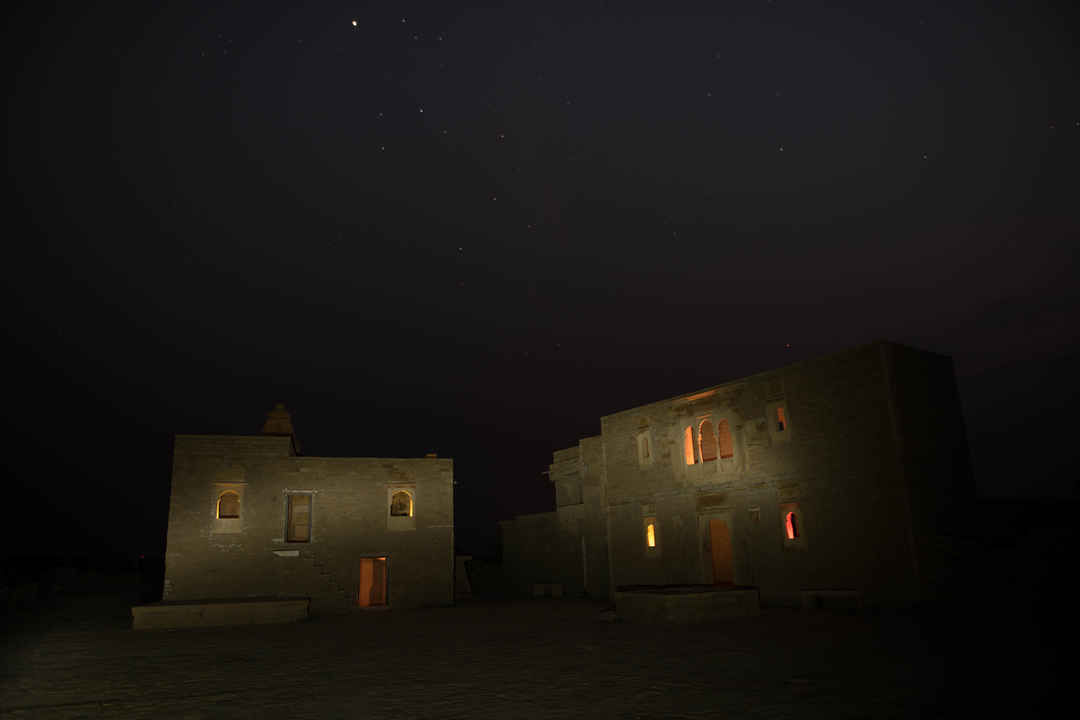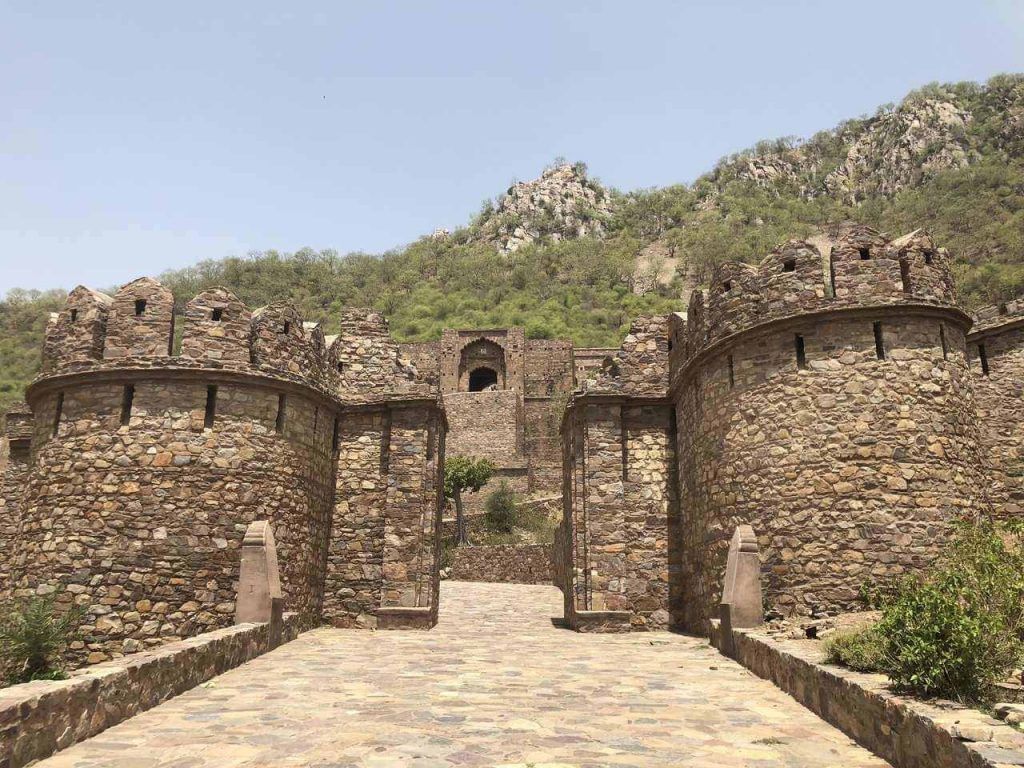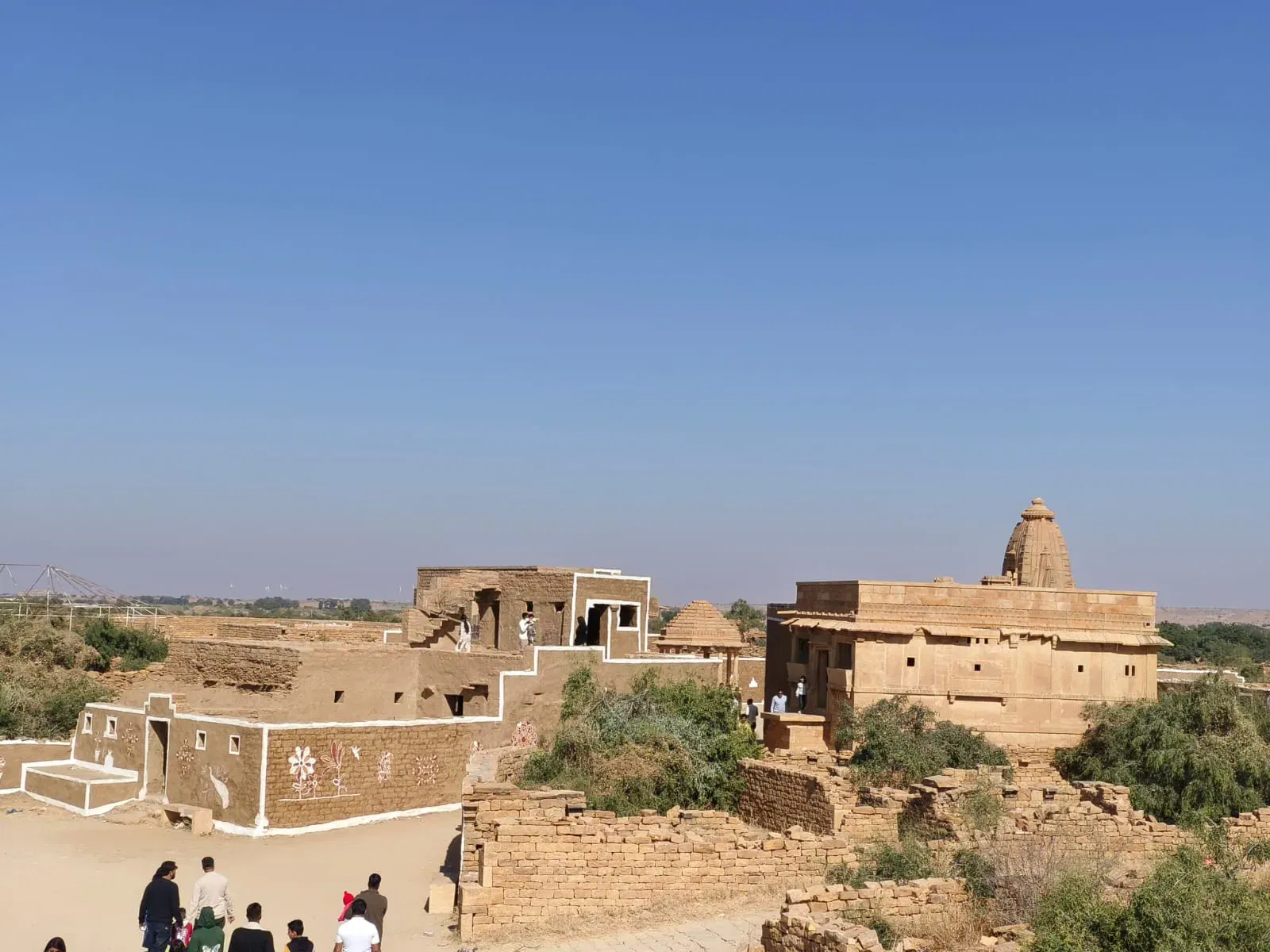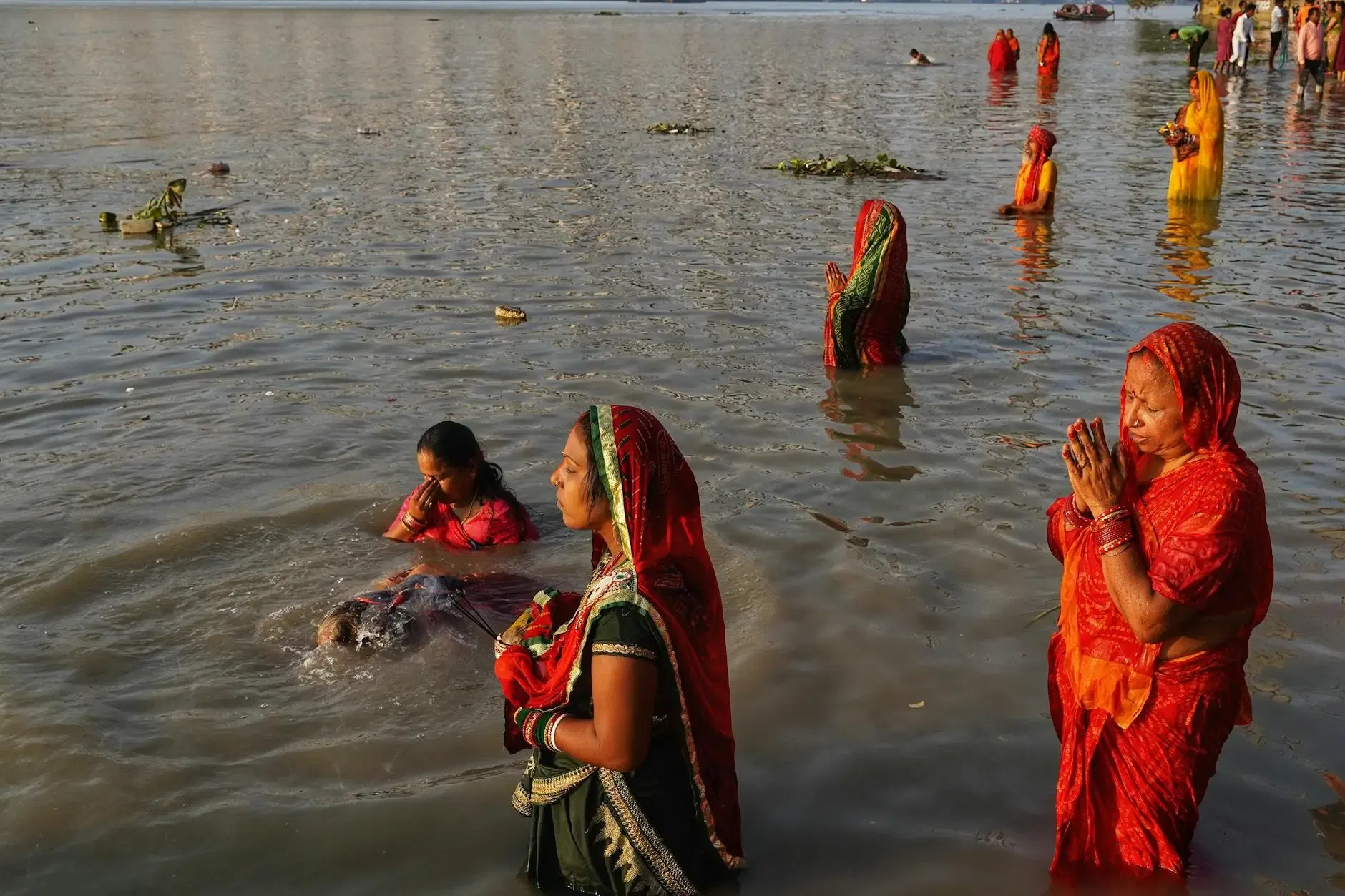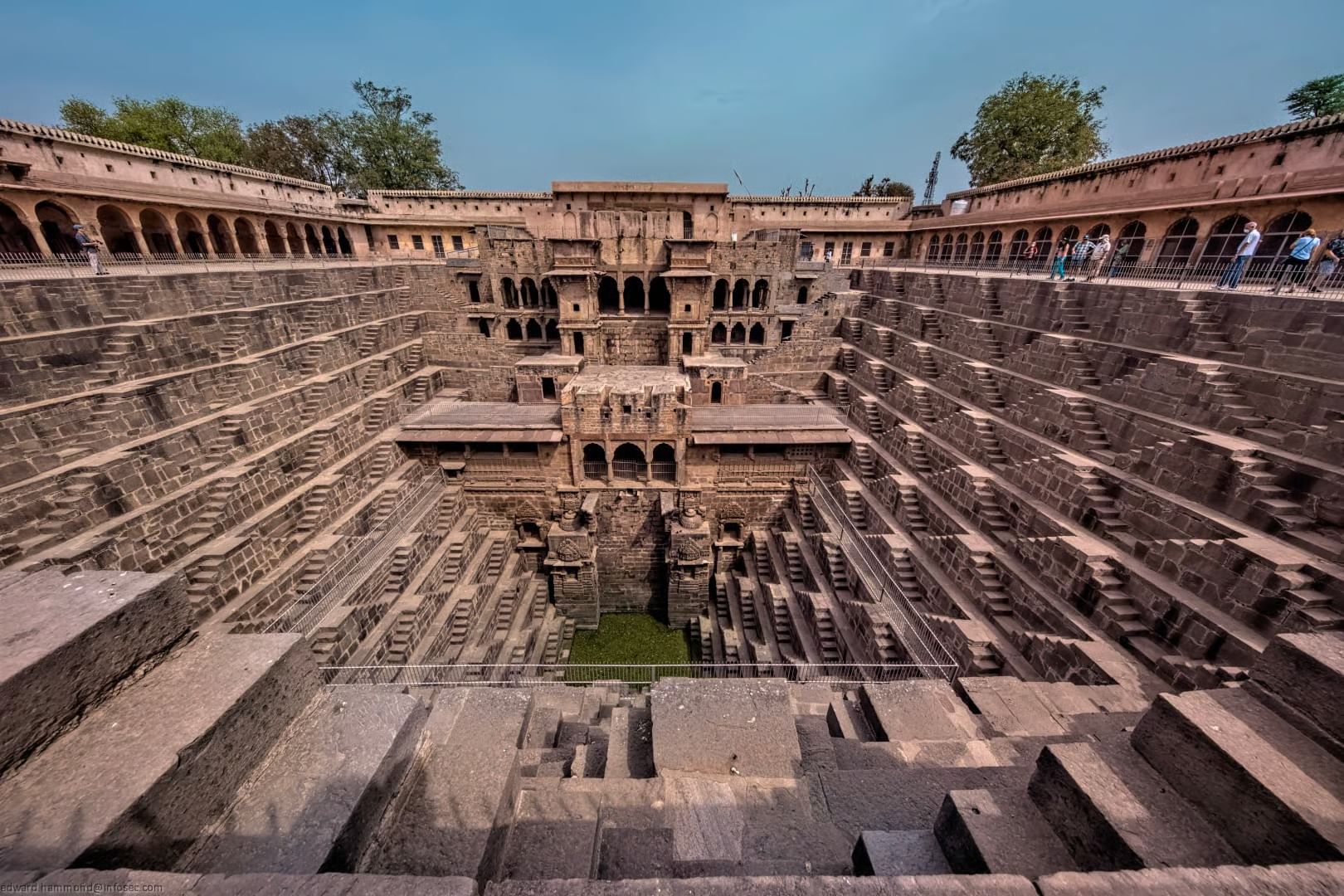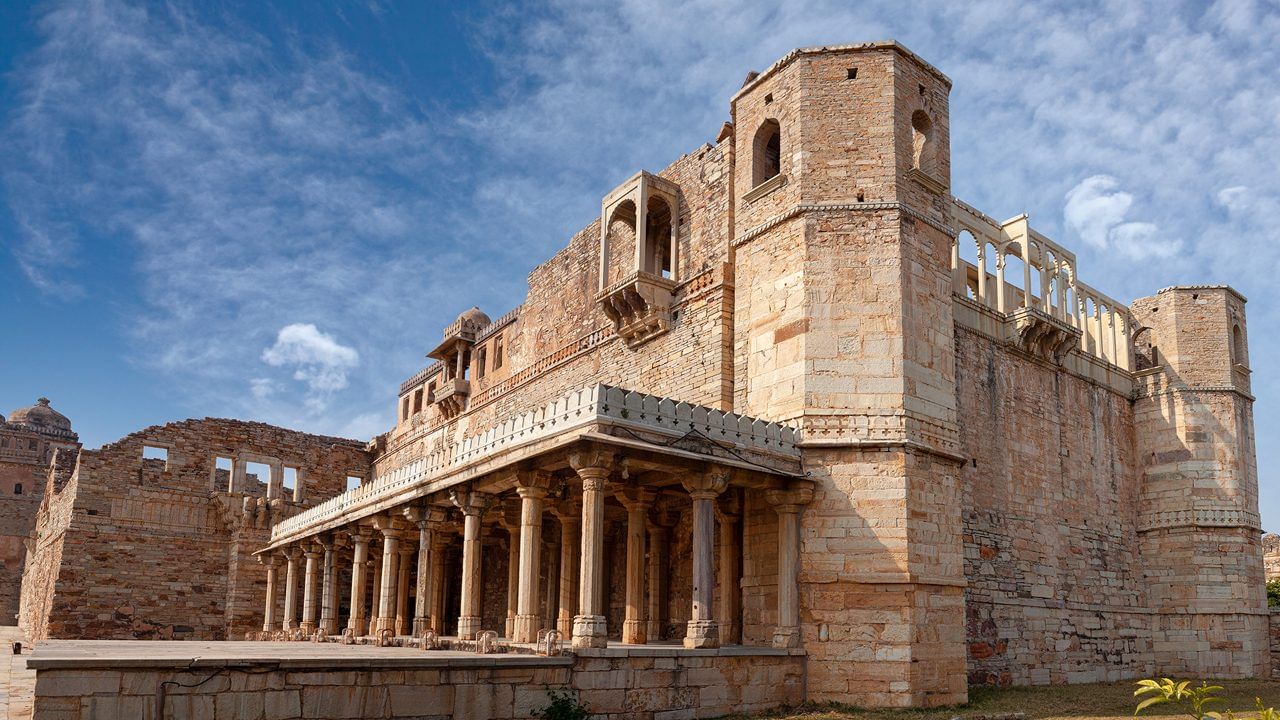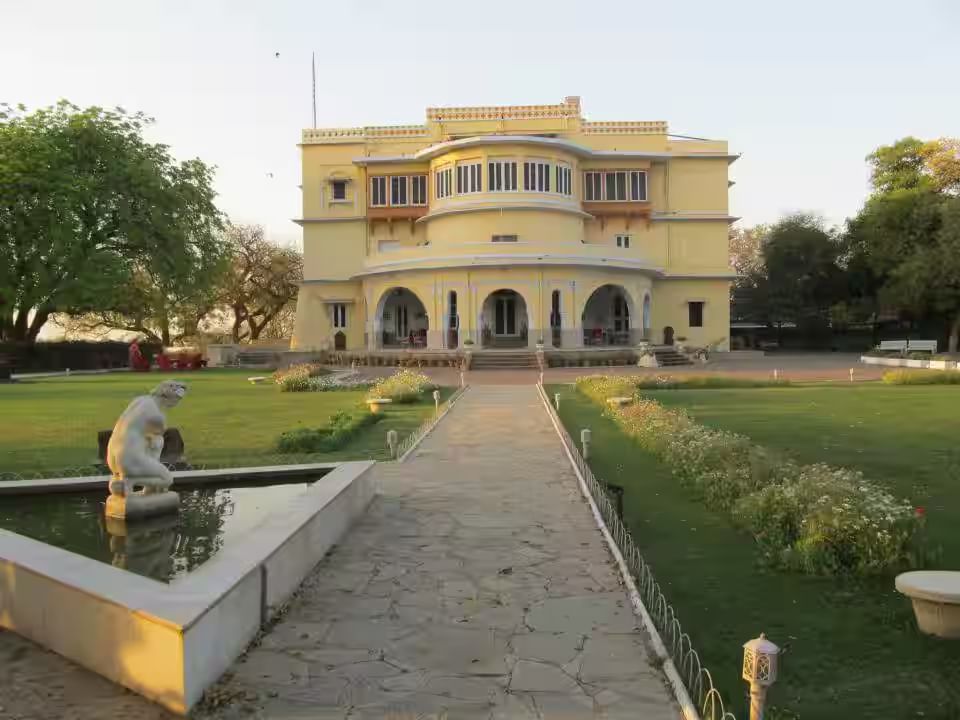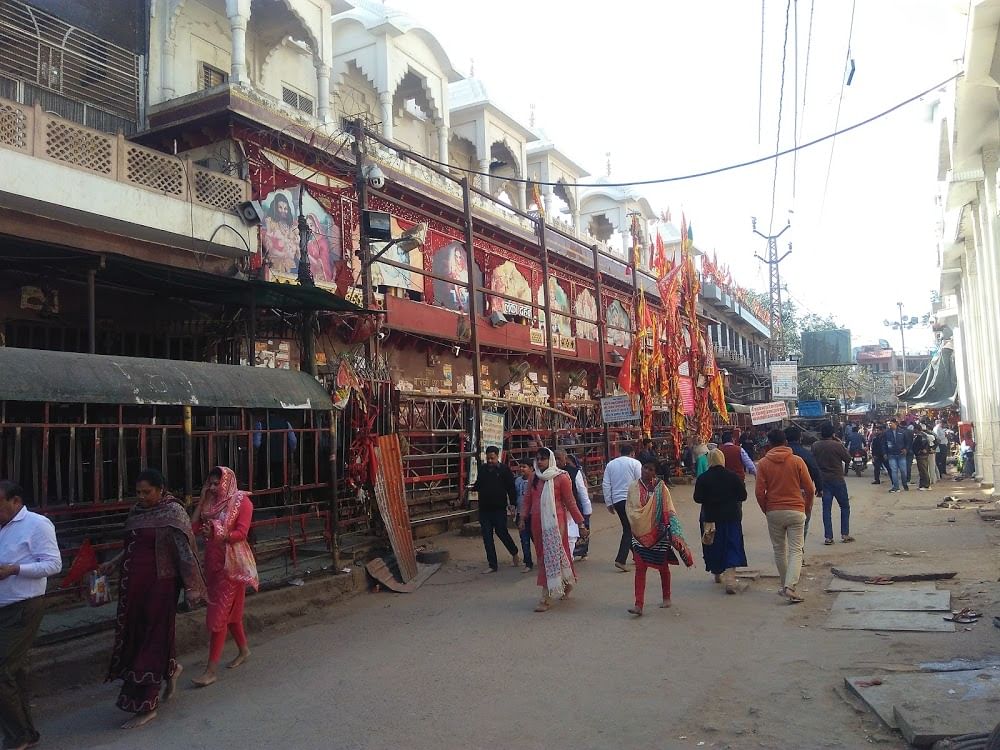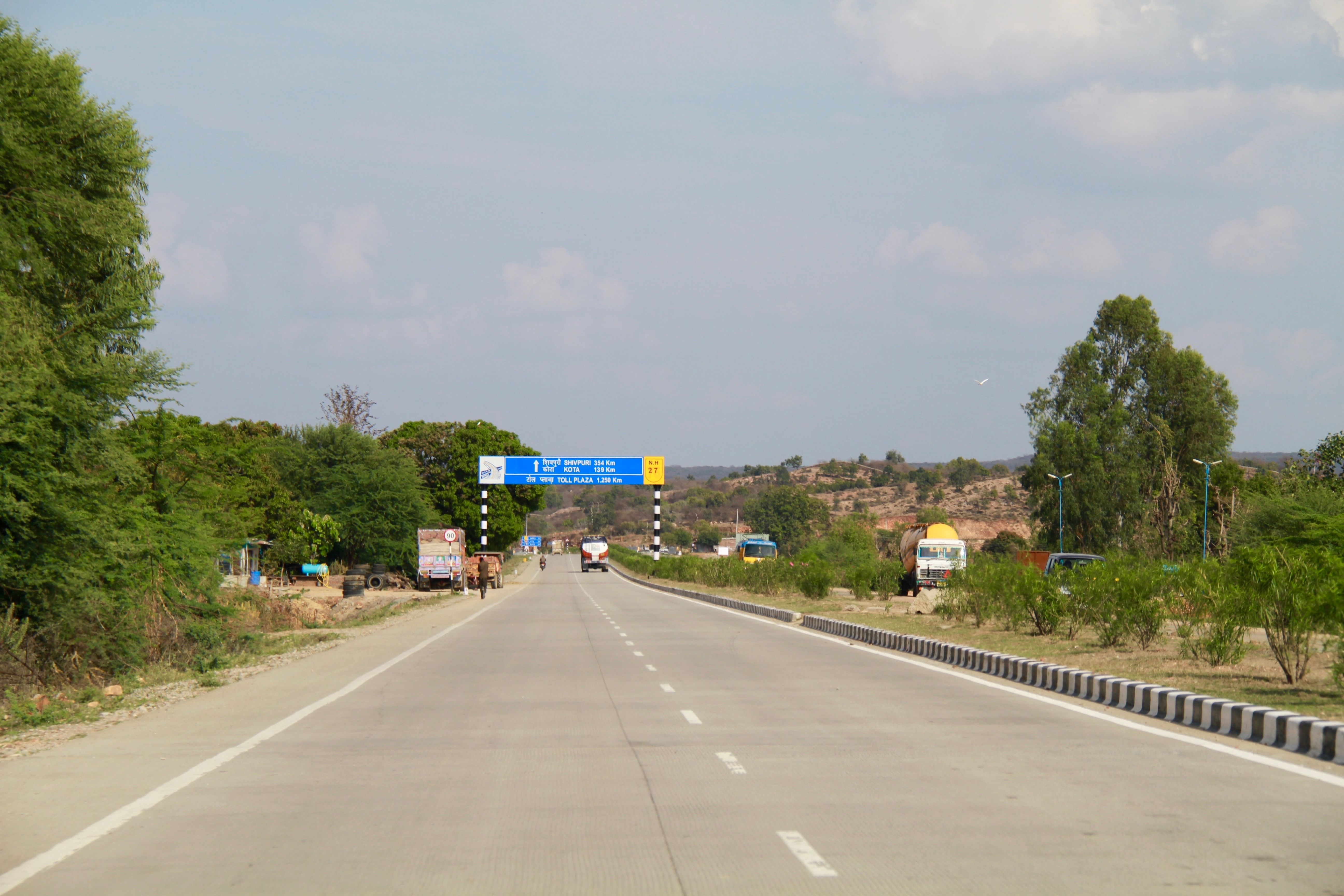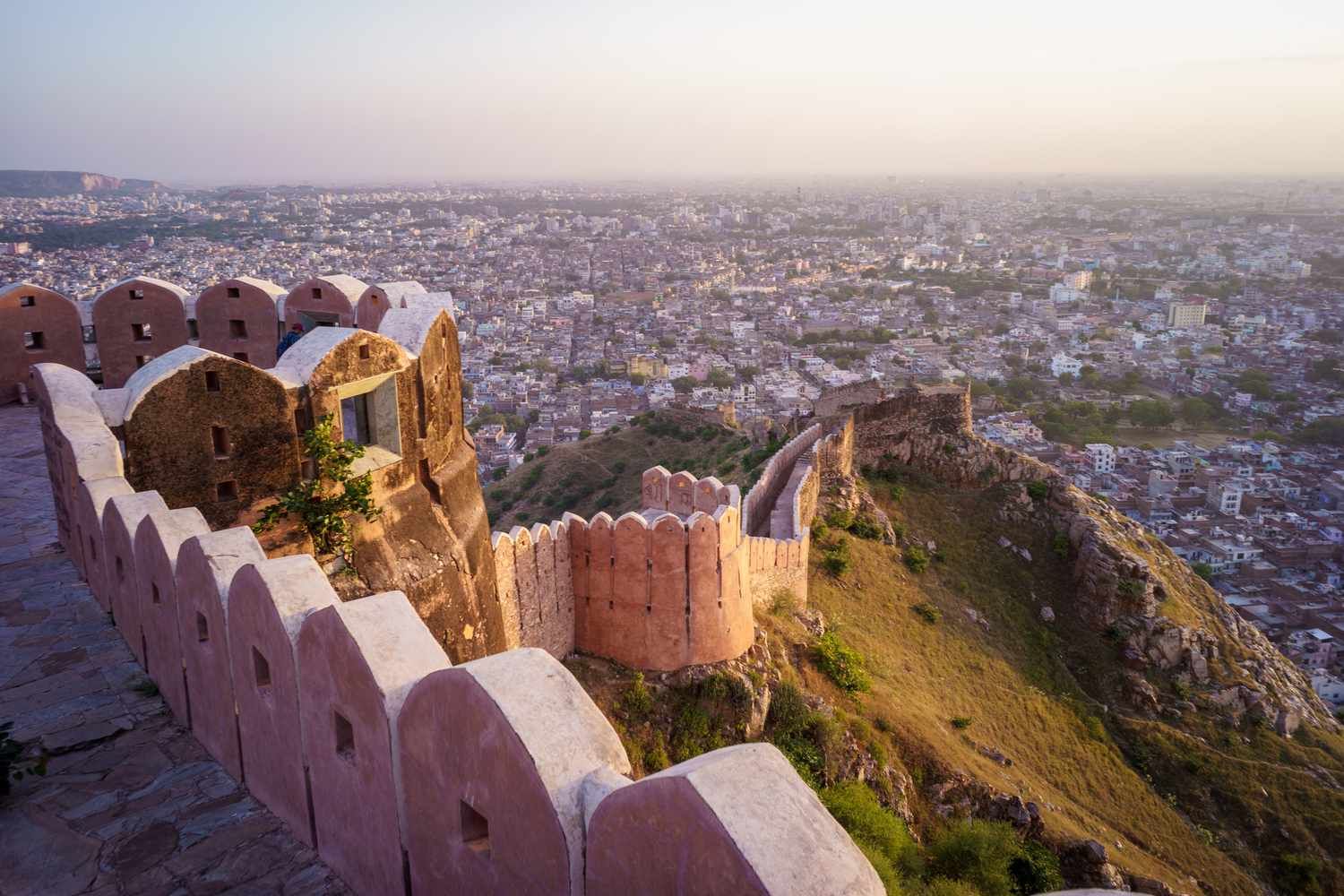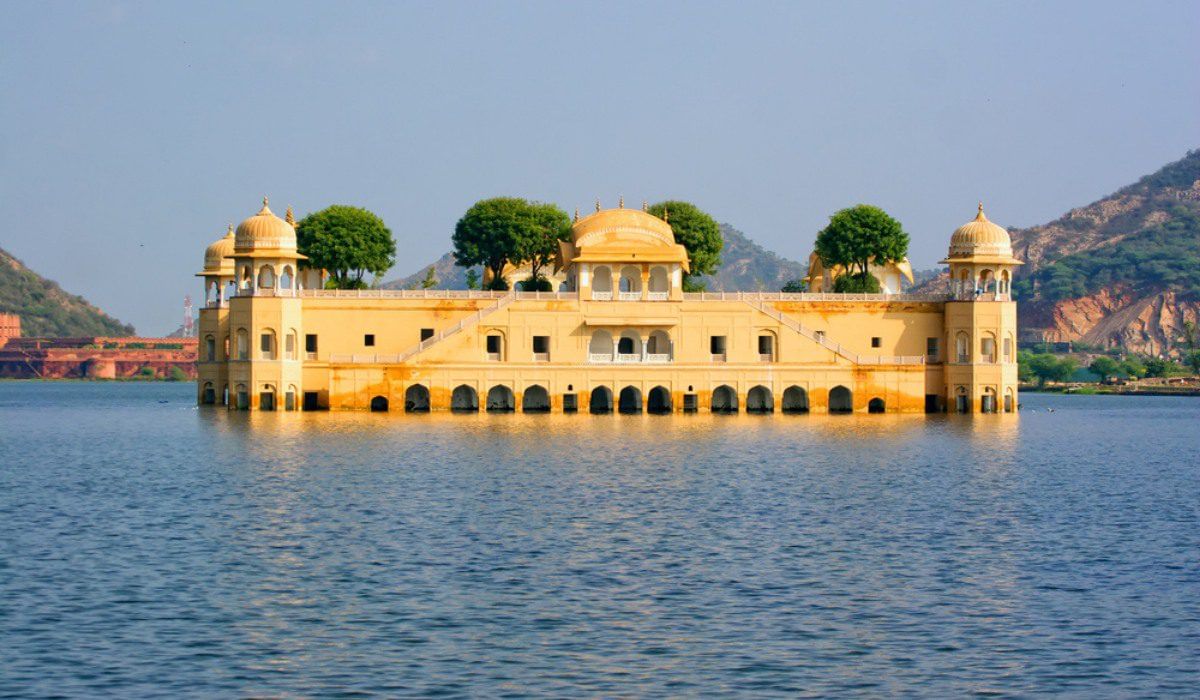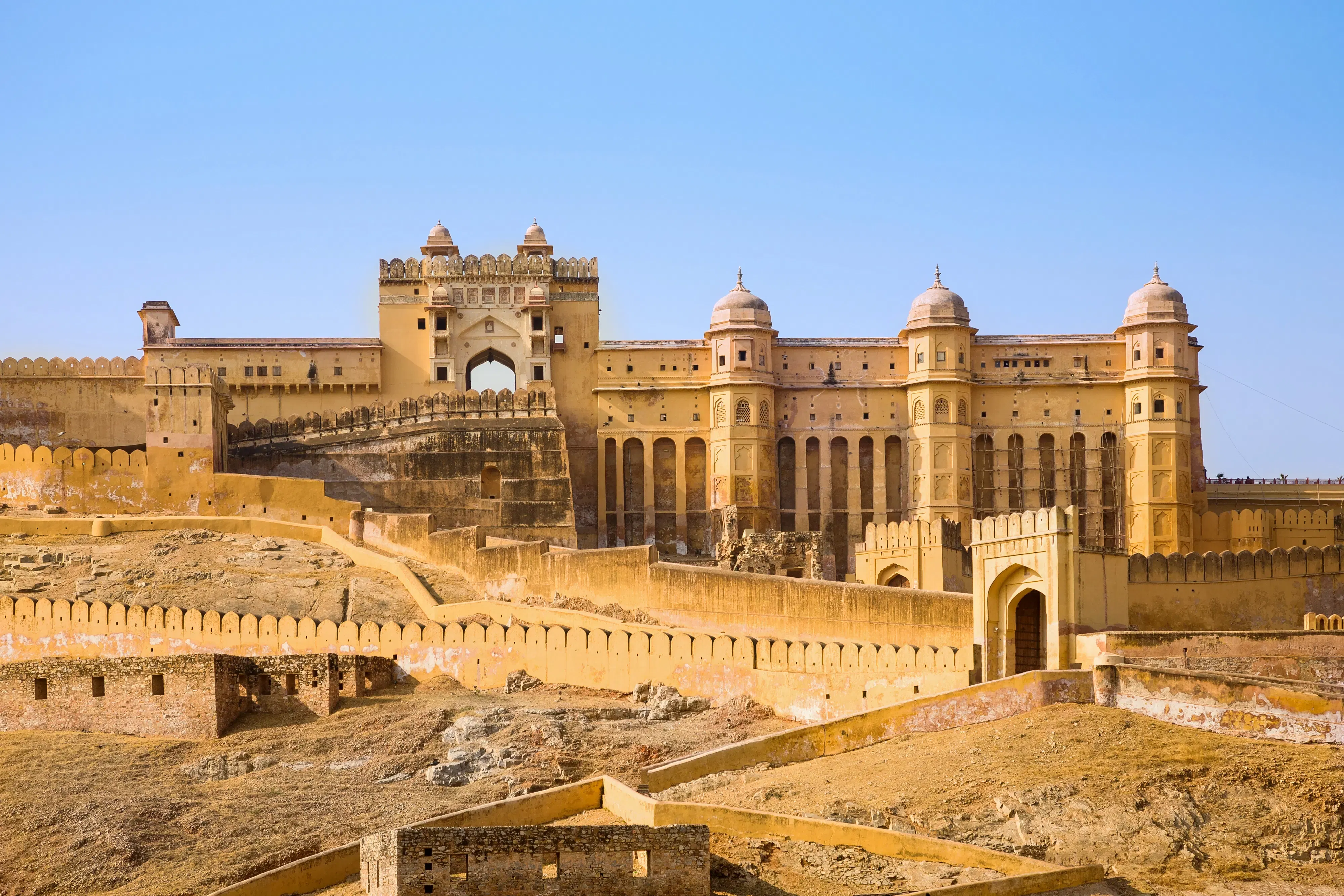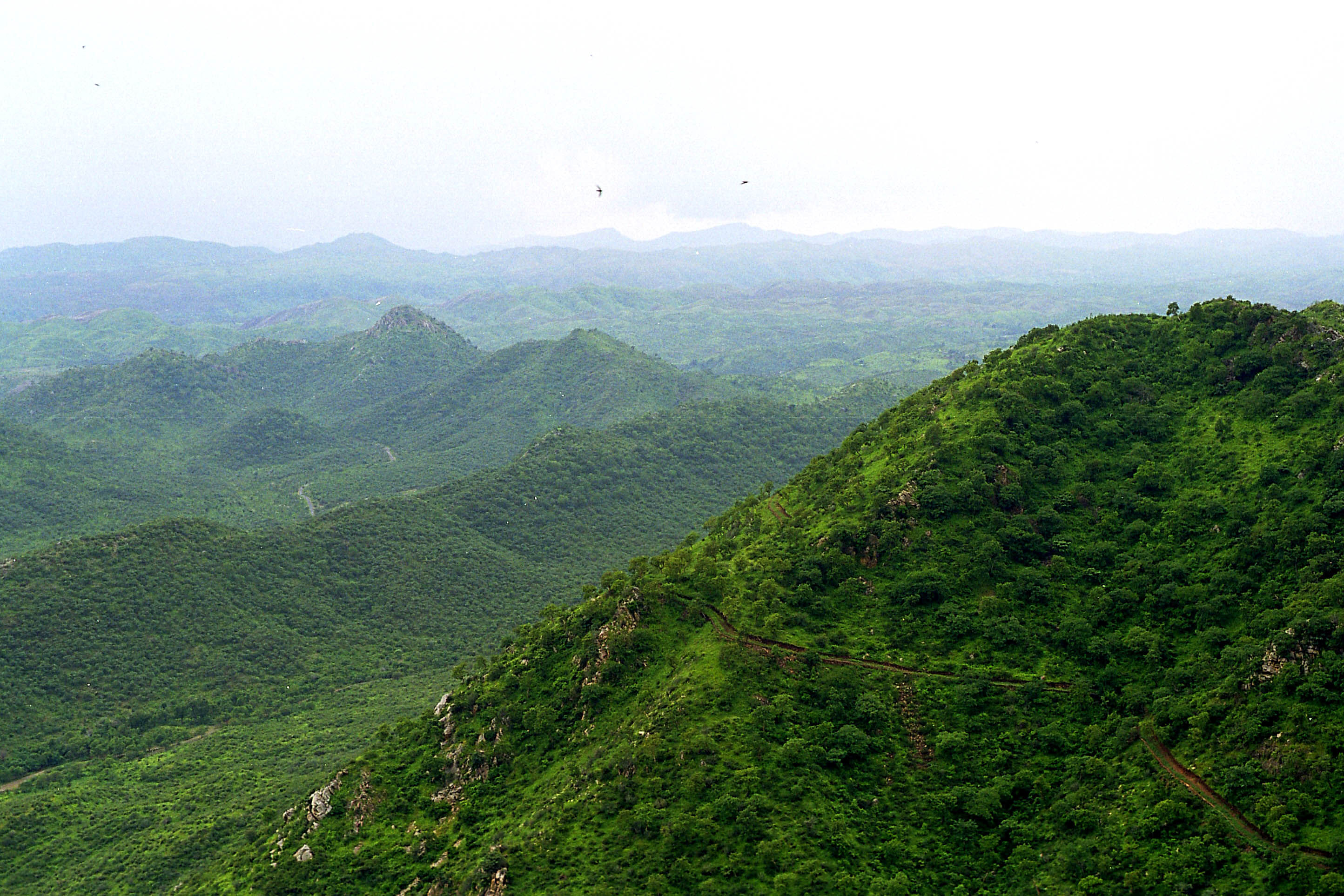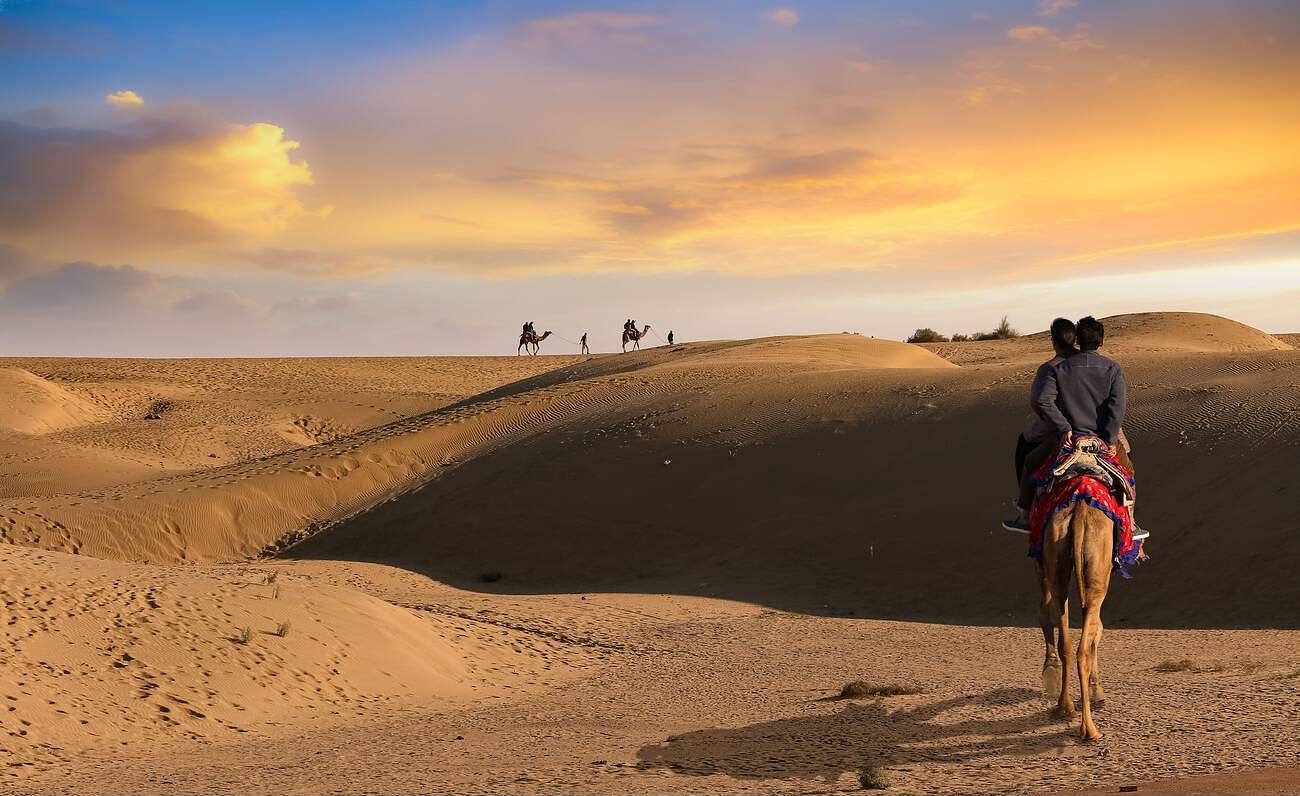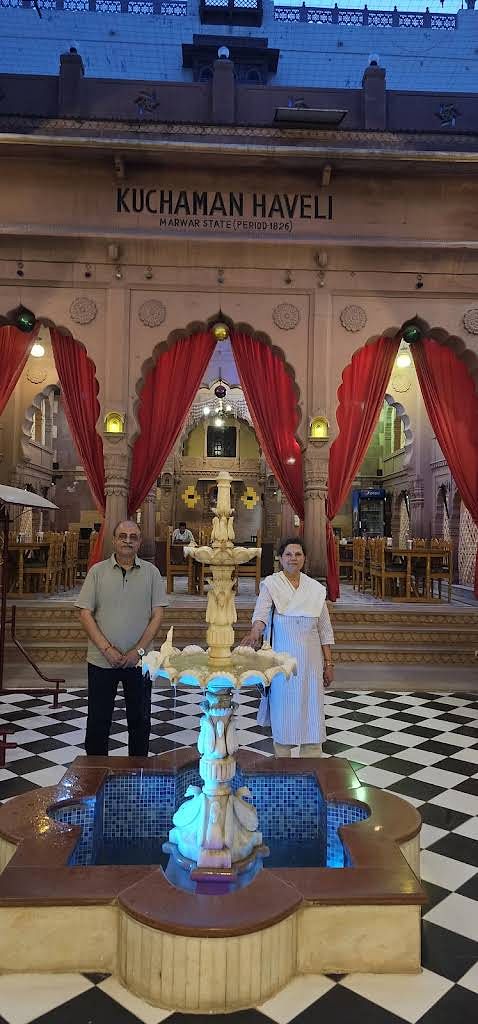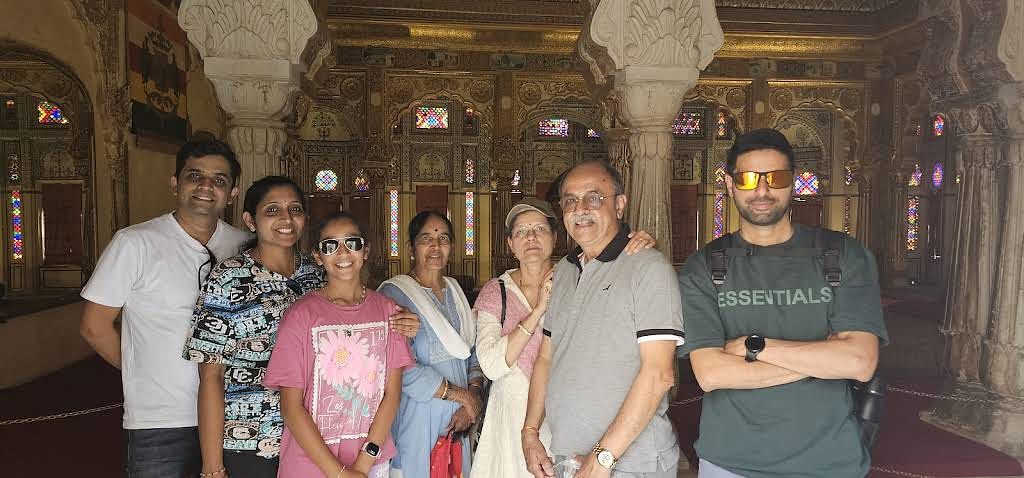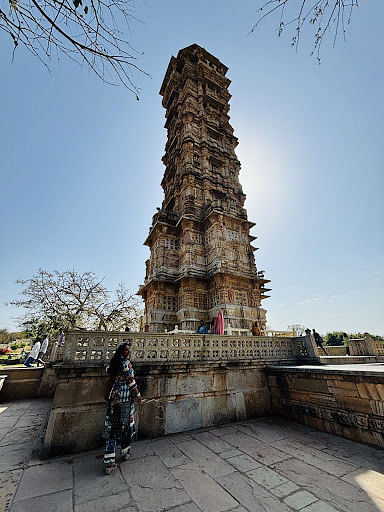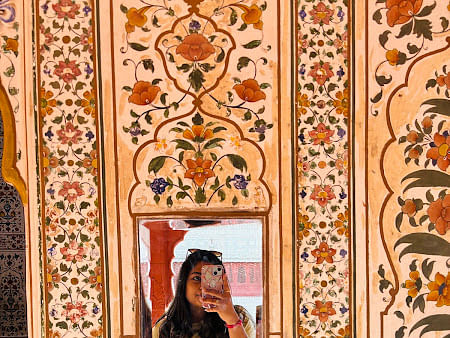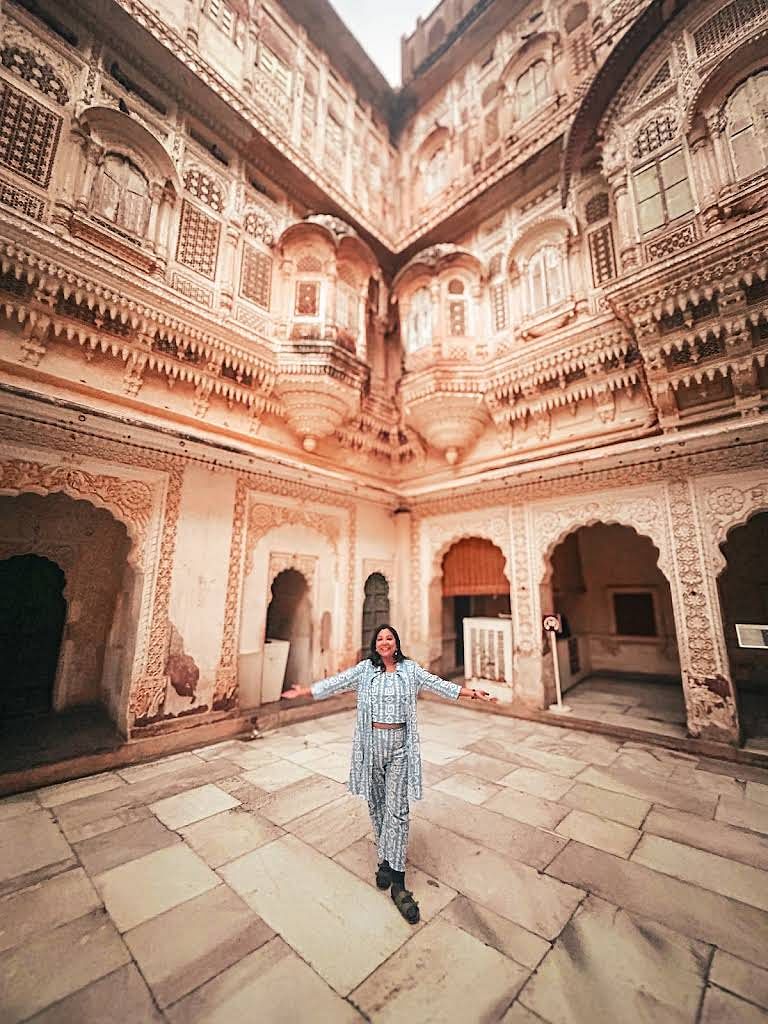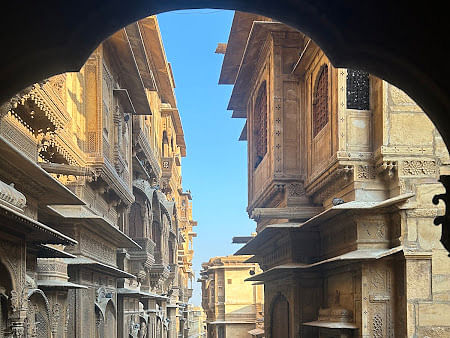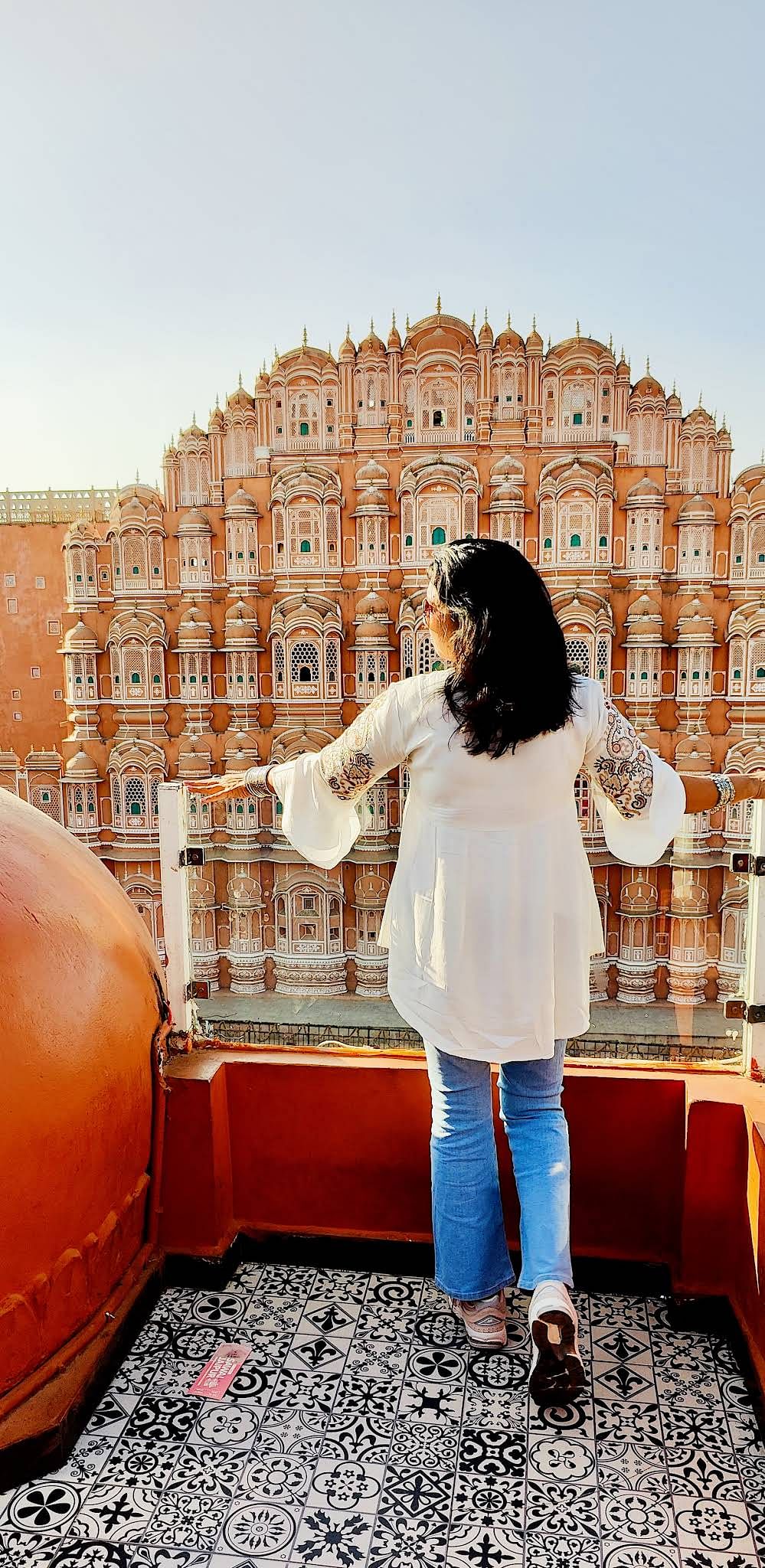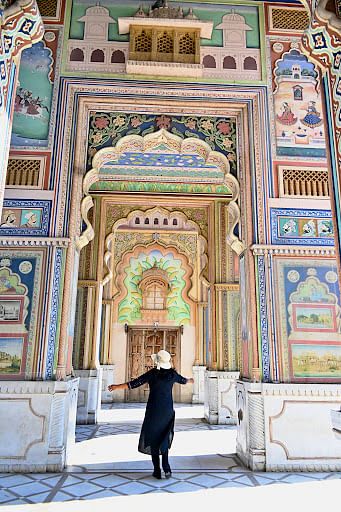Rajasthan’s allure extends beyond its tangible beauty. Steeped in history and folklore, this land of kings and warriors is also home to several haunted places that intrigue and captivate travelers seeking an otherworldly experience.
While it is primarily known for its regal heritage, exploring haunted places in Rajasthan adds an element of mystery and adventure to one’s journey. With a plethora of stories and legends surrounding these eerie locations, they have become a fascinating aspect of Rajasthan’s tourism.
For those with a penchant for the supernatural, delving into the haunted places of Rajasthan offers a unique and spine-tingling experience that blends history, mystery, and the thrill of the unknown. So, venture into the haunted realm of Rajasthan with our Rajasthan tour packages and embark on a journey that will send chills down your spine.
10 Haunted Places in Rajasthan
1. Bhangarh Fort: The Most Haunted Fort in India
The haunted place Bhangarh Fort is a 17th century fort located in the Alwar district of Rajasthan India. It is popularly known as one of the most haunted fort in India. Locals believe that a tantric cursed the town after being rejected by a princess. Since then, paranormal activity has been reported here. Visitors are strictly prohibited to enter the fort after sunset and before sunrise, making it the most famous of all Rajasthan haunted places.
2. Kuldhara Village: The Haunted Village in Rajasthan
Kuldhara Village, located around 18kms Jaisalmer is one of the most haunted villages in Rajasthan. Once home to the prosperous Paliwal Brahmins, it was mysteriously abandoned overnight in the 19th century. Legends say that the villagers cursed this land, so that no one could live there again. Even today, tourists feel an eerie silence and paranormal presence walking through the deserted streets, making Kuldhara one of the most unforgettable Rajasthan haunted places to explore.
- Location: Rajasthan 345001
- Timings: Open 24/ 7
- Best Time To Visit: October to February
3. Sudhabay (Pushkar): Land of Exorcism Rituals
Sudhabay Kund, Pushkar is a place shrouded in mystery, a unique spot among Rajasthan haunted places. Known for its annual ghost fair, people from across India come here to perform spirit cleansing rituals and exorcisms. Locals believe that the waters here possess mystical powers to ward off evil. Though not a traditional fort and palace, Sudhabay’s haunting reputation and spiritual rituals give it a special place in the list of horror places in Rajasthan. Undoubtedly, it is the most mysterious spot amongst places to visit in Rajasthan.
- Location: Rajasthan 345001
- Timings: Sunrise to Sunset
- Best Time To Visit: During Ghost Fair (October/ November)
4. Chand Baori: The Haunted Stepwell
Chand Baori, located in the village of Abhaneri in the Dausa district of Rajasthan, is a stepwell that is listed among haunted places in Rajasthan. Built over a thousand years ago, it was designed with intricate steps that confuse and trap evil spirits. Locals believe that djinns (supernatural beings) dwell here and disappear before sunrise. Visitors often describe a strange energy surrounding the well, making Chand Baori not just an architectural wonder but also a chilling haunted place in Rajasthan.
5. Rana Kumbha Palace: Chittorgarh’s Haunted Legacy
Rana Kumbha Palace, located in Chittorgarh Fort, is one of the eeriest haunted forts in India. The palace witnessed the tragic jauhar of Queen Padmini and hundreds of women. Visitors claim to hear cries, screams, and ghostly whispers inside the ruins. Paranormal investigators consider this site a hotspot for supernatural activity, making it one of the darkest haunted places in Rajasthan filled with centuries old sorrow and a must visit spot amongst forts in Rajasthan.
6. Hotel Brijraj Bhawan: Ghostly Hotel in Kota
Brijraj Bhawan Palace Hotel, located in Kota, is one of the most talked about haunted places in Rajasthan. The palace is said to be haunted by Major Burton, a British officer killed during the Revolt of 1857. Guests and staff here have reported ghostly whispers and footsteps, though the spirit is believed to be harmless. Its blend of colonial history and paranormal legends makes it an essential entry in the list of Rajasthan haunted places.
7. Mehendipur Balaji Temple: Rajasthan’s Exorcism Hub
Mehandipur Balaji Temple, located in the Dausa district, is renowned for its exorcism activities and is considered one of the most haunted places in Rajasthan to visit. Famous for its powerful exorcism rituals. Devotees believe Lord Hanuman protects people from evil spirits here. Visitors often witness spine chilling scenes of possessed individuals undergoing rituals. Despite its religious importance, the temple has a haunting aura, especially during ceremonies. Many tourists feel an unexplained heaviness, making it not just a holy site but also one of the most chilling Rajasthan haunted places and a unique spot amongst Hindu temples in Rajasthan.
NH-79 near Dudu Village is called the “Highway to Hell” and is one of the creepiest horror places in India. Legends believe the road is cursed because of tragic deaths that occurred here. Travelers claim to see a ghostly woman carrying a child, especially at night, causing accidents and eerie experiences. This haunted highway remains a chilling spot for those who dare to drive through, making it an unusual Rajasthan haunted place.
- Location: Rajasthan 303008
- Timings: 24/ 7
- Best Time To Visit: October to March (Avoid at Night; Daytime Travel is Safe)
Perched on the Aravalli Hills, Nahargarh Fort is both a famous and historic attraction amongst haunted places of Rajasthan. Built by Maharaja Sawai Jai Singh II, the fort is said to be haunted by Nahar Singh Bhomia, a spirit believed to protect the fort’s treasures. Workers here have reported mysterious accidents during renovations, adding to its eerie reputation. By day, this place is scenic and vibrant, but by night, it transforms into a spooky Rajasthan haunted place.
10. Jal Mahal – Jaipur’s Mysterious Water Palace
Jal Mahal, located in the middle of Man Sagar Lake, is not only beautiful but also one of the most mysterious haunted places of Rajasthan. Locals say that spirits here connected with the submerged palace haunt the area. While the palace itself is off-limits, many visitors report eerie experiences and unsettling vibes around the lake, especially at night. The mix of mystery and beauty makes Jal Mahal a fascinating Rajasthan haunted place.
11. Jagatpura – The Witch-Haunted Colony
Jagatpura, a residential area in Jaipur, is considered one of the scariest horror places in Rajasthan. Residents and visitors who travel here at night have witnessed witches in white sarees wandering along the roads. The place carries an unsettling aura, especially after dark, making it unpopular among thrill seekers. Though modern in appearance, the creepy tales of paranormal sightings make Jagatpura one of the most chilling Rajasthan haunted places to avoid after sunset.
- Location: Jaipur, Rajasthan
- Timings: Open 24/ 7
- Best Time To Visit: November to February
From Legends to Ghost Stories: The Dark Side of Rajasthan
Rajasthan’s haunted places offer a unique blend of history, folklore, and the unexplained. Exploring these sites is not just about seeking thrills but also gaining insights into the cultural beliefs and superstitions that shape the fabric of this fascinating land.
Whether you are a skeptic or a believer, the haunted places of Rajasthan promise an unforgettable journey into the realms of the unknown. So, embrace your adventurous spirit and embark on a spine-tingling exploration of Rajasthan’s haunted heritage with WanderOn as your travel companion.




